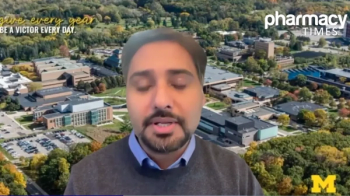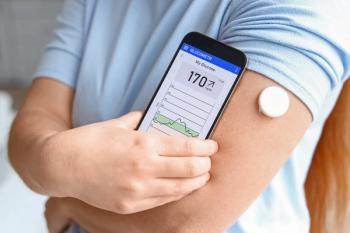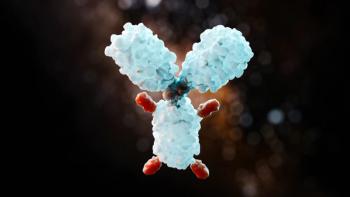
Previous Chemotherapy Could Dampen Efficacy of CAR-T Cell Therapy
Fuel source of cancer cells could impact their efficacy of CAR-T cell therapies for pediatric patients.
Treatment with certain chemotherapies may have devastating effects on T cells, which could limit the potential of CAR-T cell therapies, according to a study presented at a media preview for the American Academy of Cancer Research Annual Meeting 2018.
“The FDA approval of tisagenlecleucel (Kymriah), a CD19-targeted CAR T-cell therapy, was a landmark moment for childhood cancer therapy,” David M. Barrett, MD, PhD, assistant professor of pediatrics at Children’s Hospital of Philadelphia, said in a statement. “This therapy takes a patient’s own immune cells, called T cells, and modifies them in the lab to wake them up and recognize that patient’s leukemia.”
Related Coverage:
The study results showed that compared with leukemia patients, children with solid tumors may have worse quality T cells. These findings may indicate that the efficacy of CAR-T cell therapy may be limited by prior treatments, according to the press release.
“In several of the patients with leukemia we first attempted to treat, we noticed the T cells looked exhausted when we first collected them, and they either did not survive the lab process to turn them into CAR T cells or did not have enough energy left to work in the patient as a result,” Dr Barrett said.
For CAR-T cell therapy to be successful, the patient’s immune cells must be able to survive in the laboratory and fight cancer once returned, according to the release.
“This is important because these children did not have any other therapies that could potentially cure their cancer and we didn’t even get to try in some of them because their T cells were too poor in quality,” Dr Barrett said.
The goal of the new study was to determine why certain patients have poor quality T cells, according to the release.
“We were interested in learning what made good starting material for CAR manufacture, rather than repeating prior work on learning what a good CAR-T cell looks like after it has been made,” Dr Barrett said.
The authors said that glutamine and fatty acid pathways were optimal for CAR-T cell therapy, while those that depended on glycolysis were not.
Included in the study were peripheral blood samples from 157 pediatric patients with cancer at diagnosis and after chemotherapy. Patients were diagnosed with acute lymphoblastic leukemia (ALL), chronic myelogenous leukemia, non-Hodgkin lymphoma, Hodgkin lymphoma, neuroblastoma, osteosarcoma, rhabdomyosarcoma, Wilms tumor, or Ewing sarcoma.
The researchers discovered that the potential of T cells were poor among all patients prior to chemotherapy, except those diagnosed with ALL and Wilms tumor, according to the release.
However, there was a noticeable decline in CAR-T potential after chemotherapy among patients with all cancer types. These T cells were likely to use glycolysis as their fuel source opposed to other pathways, according to the study.
“We have gotten CAR-T cells to work for leukemias but not yet been very successful in solid tumors. There are a number of potential reasons for this, but our data suggest poor T-cell starting material may be a key first problem,” Dr Barrett said. “The T cells from solid tumor patients may need different manufacturing protocols to be successful.”
These findings may suggest that patients with solid tumors may require a different approach to CAR-T cell manufacturing to ensure efficacy.
The authors have already conducted preliminary research and shown that it may be possible to force T-cells to use fatty acids as the fuel source and improve viability of CAR-T cell therapy for these patients, according to the release.
“These early results give us hope we can exploit this during manufacturing of CAR T cells to make highly active products we otherwise would not have from standard manufacturing approaches,” Dr Barrett said.
Newsletter
Stay informed on drug updates, treatment guidelines, and pharmacy practice trends—subscribe to Pharmacy Times for weekly clinical insights.
















































































































































































































